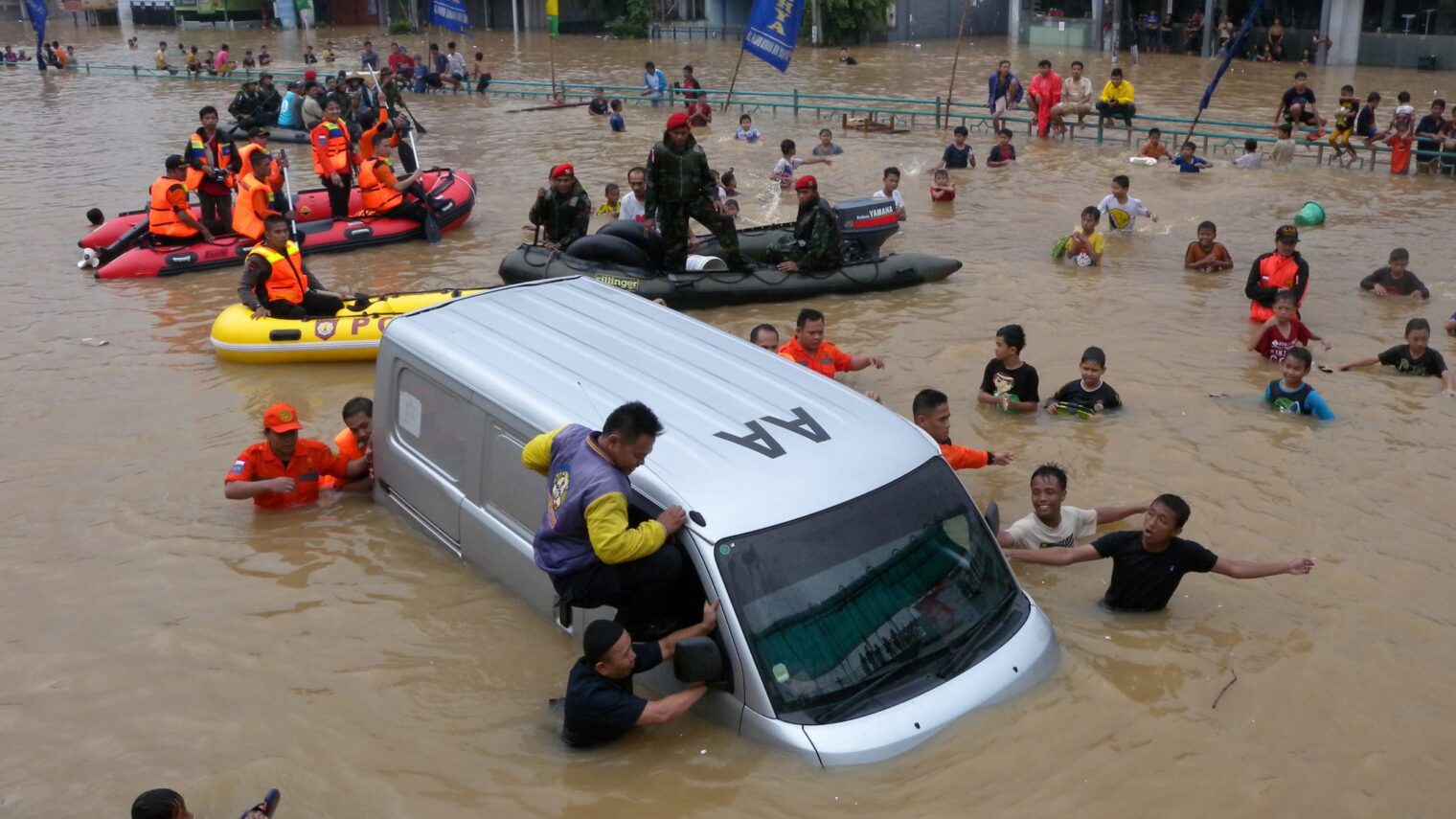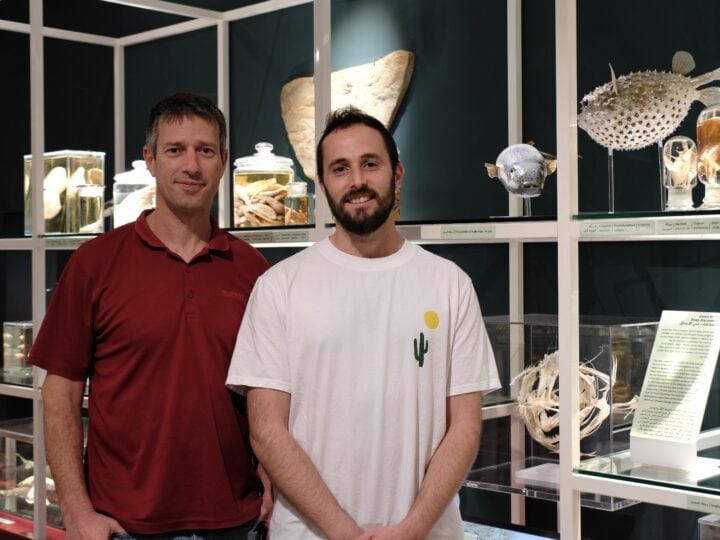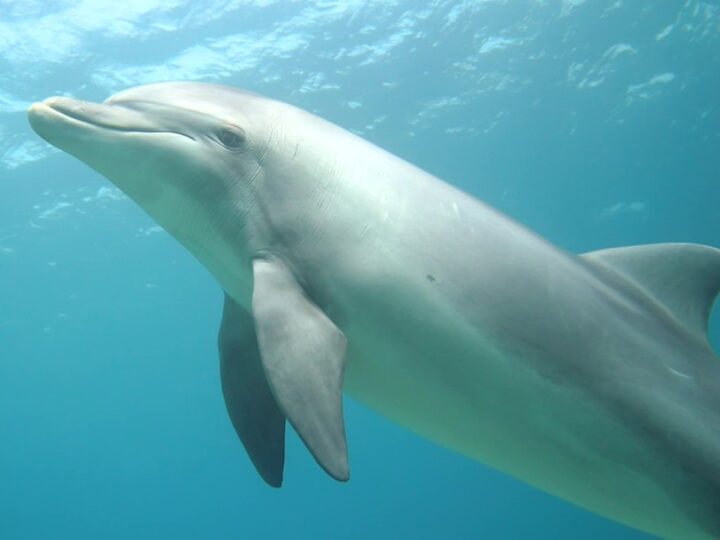Ever since the days of Noah, floods have been devastating to humanity. And despite the human and technological advancements made since biblical times, weather disasters are likely to wreak more and more havoc as our climate warms. In 2018 alone, floods killed more than 10,000 people around the globe.
Forecasting the weather in an accurate and timely manner is key to fighting these terrible disasters, but it’s a challenge of huge magnitude. Just think of all the data needed to correctly predict the weather, with phenomena across the planet all interacting and interchanging to create unique weather conditions at one particular spot at any given time.
This is where weather-tech company ClimaCell steps in. The brainchild of three Israelis, it uses “reverse engineering” to gather data from hundreds of millions of sensors across the world to provide real-time data that enables accurate weather prediction.
These three Israelis are Shimon Elkabetz, Rei Goffer and Itai Zlotnik.
“They served in the Israeli Air Force and during their service they faced complex weather situations and the fact that weather forecasting wasn’t very accurate,” explains ClimaCell CMO Dan Landa.
After the army, they all traveled to Boston to study, and once there decided to tackle this issue.
“All traditional weather companies do pretty much the same work,” Landa says, noting that they take government-provided data and repackage it to provide analysis and forecast, which unfortunately often isn’t very accurate.
“The guys thought to take a different approach. In order to get better weather forecasts, you need more observations,” he adds. However, setting up enough observation points would be a costly endeavor. Then the realization hit them.
“Anything that is outdoors and is connected can be a weather sensor,” Landa explains.
One example, he says, is cellular towers. These change energy levels according to the weather around them. The data is there, and simply needs to be relayed to be repurposed for prediction purposes.
“If weather impacts almost everything around us, we can do reverse engineering and understand what the weather is based on that,” he says. “We call it virtual sensors, hundreds of millions of sensors around the globe. Those sensors give us real-time observation of what the weather is right now.”
https://www.youtube.com/watch?v=5pCf-os-OB4&t=2s
Proven super-accurate
This big-data approach to forecasting has proven to be super accurate, and ClimaCell is using its technology to help companies that are greatly affected by the weather, such as airlines, outdoor event venues, construction companies and agriculture companies.
The company counts among its clients Delta and United airlines as well as Israeli irrigation company Netafim and India’s Tata Group.
When it comes to airlines, Landa says, it’s all about “combining weather information, air movement and ground movement to make decisions that will help minimize delays, reduce costs and produce a better experience for the consumer.”
And it’s not much different for other industries, either. In construction, for example, “they need to make decisions in the morning about whether they can work or not. They need to know what’s happening.”
ClimaCell has yet to aid governments in cases of flooding, but has every intention of doing so in future emergencies.
“Flood detection is a derivative of this technology,” Landa says. Nowadays, the level of water in the upper parts of streams is measured to predict floods, but it’s a case of too little, too late – if the water level is already high, the danger is already real.
“The problem with flood detection is that if you don’t know how much rain is coming you don’t know the level of water,” he says. “We can tell how much rain will fall anywhere in the world. Combined with hydrological models, you can tell exactly where and when there’ll be floods.”
“Our goal is to provide the information before the emergency,” he adds. “We’re aiming to have a B2C app at some point in the future, to bring weather forecasts to places where there are no real weather forecasts.”
This way, people in remote areas of developing countries could get flood alerts right to their phones ahead of time and evacuate the area before it becomes dangerous.
Landa notes that ClimaCell isn’t the only next-gen weather forecasting company, but says that its approach is unparalleled.
“There are flood forecasting solutions out there, but no one uses this combination,” he says, referring to the number of sensors and the hydrological models. “It’s something that no one else can do.”
For more information, click here

















